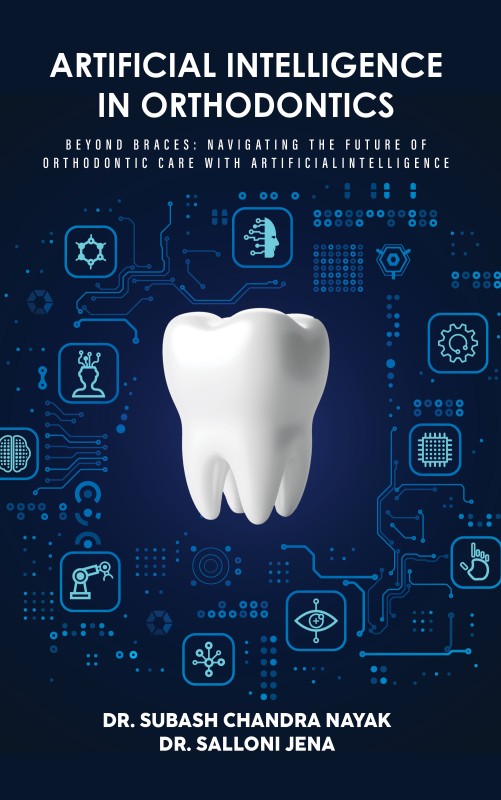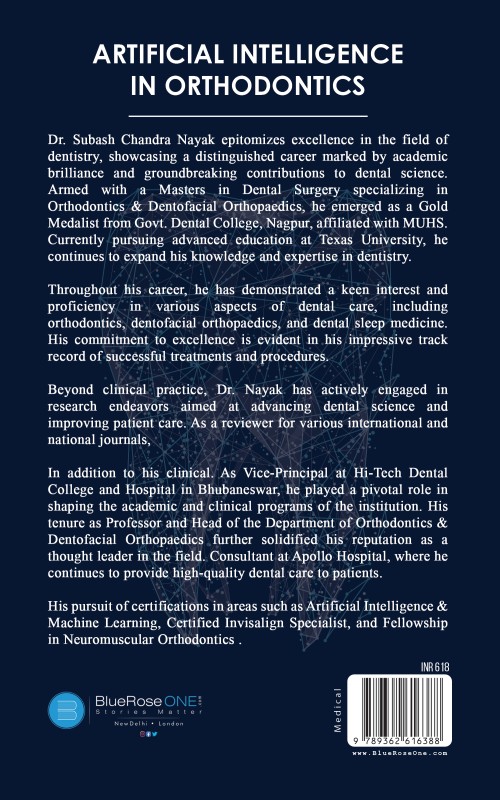Artificial intelligence in orthodontics
by Dr Subash Chandra Nayak Dr Salloni Jena | 06-Aug-2024
(0)
One of the best dental specialities is orthodontics, which focusses mostly on malocclusion diagnosis, prevention, and correction. The craniofacial skeleton is the primary focus, with a greater emphasis on altering the dentoalveolar structures...
Original
Books
Fastest
Delivery
7-day
Replacement
Book Details
- Language : English
- Pages : 104
- ISBN : 9789362616388
- Genre: ACADEMIC
- Size : 5" x 8"
- Binding Type : PAPERBACK
- Age Group: + Years
- Paper Type : NATURAL SHADE
- Interior : COLOR
- Cover : GLOSS FINISH
- Book Type : PAPERBACK
- Tags : Dr Subash Chandra Nayak,Orthodontics,Malocclusion,Artificial Intelligence in dentistry,Craniofacial skeleton,Orthodontic treatment planning
-
Best Sellers Rank :
#1408 in Academics
#8831 in Global
Reviews
There are no reviews for this product yet.

 USD
($)
USD
($) AUD
($)
AUD
($) CAD
($)
CAD
($) EUR
(€)
EUR
(€) HKD
($)
HKD
($) GBP
(£)
GBP
(£) SGD
($)
SGD
($)








